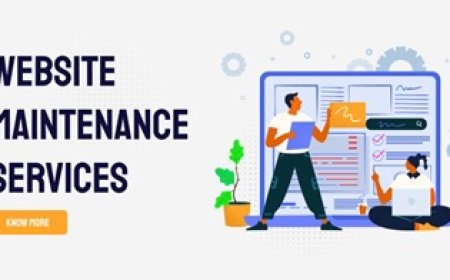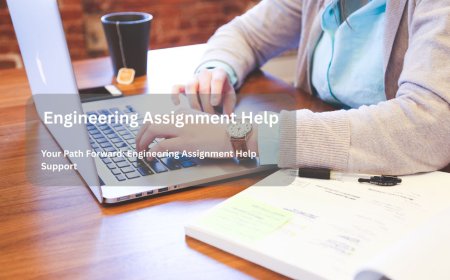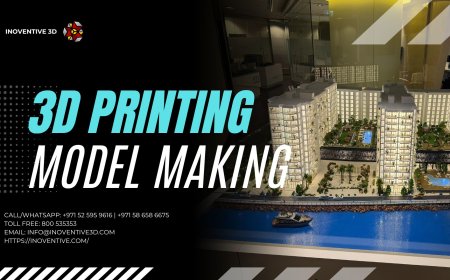Beyond the Whiteboard The Art of Strategic Planning Facilitation
I could use this space to tell you about my being a proven executive, business owner, CEO and all that other blah, blah, blah but what I really want to tell you is how much I love coaching.

Strategic planning. The phrase alone can conjure images of countless sticky notes, endless debates, and perhaps, a lingering sense of dread. Yet, for organizations striving for growth, innovation, and resilience, a robust strategic plan isn't a luxury it's a necessity. And at the heart of transforming that often-daunting process into an energizing, productive, and ultimately successful endeavor lies the art of strategic planning facilitation.
Far more than just moderating a meeting, effective facilitation is the linchpin that guides a diverse group of stakeholders, with their varied perspectives and priorities, toward a shared vision and actionable roadmap. Its about creating an environment where every voice feels heard, every idea is explored, and collective intelligence is harnessed to forge a future-proof strategy.
So, what does truly effective strategic planning facilitation entail?
1. The Maestro of the Process, Not the Content: A skilled facilitator understands that their role is to orchestrate the process, not dictate the outcome. They are the architect of the conversation, ensuring it flows purposefully and inclusively. This means establishing clear objectives for each session, defining ground rules, and gently but firmly keeping discussions on track. They are adept at asking probing questions that challenge assumptions, encourage critical thinking, and unearth underlying issues, without ever imposing their own views or solutions. The content, the strategic direction itself, must emerge organically from the collective wisdom of the team.
2. Cultivating Psychological Safety: Strategic planning often involves confronting difficult truths, challenging existing paradigms, and making tough decisions. For this to happen effectively, participants must feel safe to express their thoughts, even if those thoughts are unpopular or critical. A facilitative leader fosters an atmosphere of psychological safety where candor is encouraged, and respectful dissent is seen as a valuable input, not a personal attack. This might involve setting clear expectations around constructive feedback, actively listening, and demonstrating empathy, creating a space where vulnerability is permissible and even celebrated.
3. Mastering the Art of Active Listening and Observation: Beyond simply hearing words, a great facilitator actively listens for nuances, unspoken concerns, and emerging themes. They pay attention to body language, group dynamics, and the energy in the room. This heightened awareness allows them to identify when a discussion is stalling, when a conflict is brewing, or when a breakthrough is imminent. With this insight, they can intervene strategically, asking clarifying questions, reframing statements, or introducing new activities to re-energize the conversation.
4. Navigating Conflict and Building Consensus: Disagreement is an inherent part of strategic planning, and often, its a sign of a healthy, engaged process. The facilitators role isn't to eliminate conflict but to manage it constructively. They act as a neutral third party, helping to de-escalate tensions, identify common ground, and guide the group towards mutually agreeable solutions. This often involves techniques like reframing disagreements as differences in perspective, encouraging empathy, and using structured decision-making processes to build genuine consensus rather than simply achieving compliance.
5. Designing Engaging and Effective Methodologies: A facilitator has a rich toolkit of methodologies and exercises at their disposal. From SWOT analyses and PESTLE frameworks to scenario planning and visioning exercises, they select and adapt tools that are best suited to the group's needs and the planning stage. Crucially, they understand how to sequence these activities to build momentum, maintain engagement, and ensure a logical progression from ideation to action planning. They know when to break into smaller groups for focused work and when to bring everyone back together for synthesis and alignment.
6. Driving Towards Actionable Outcomes: The ultimate goal of strategic planning is not just a document, but a living, breathing plan that drives tangible results. A facilitator ensures that the discussions lead to concrete outcomes, clearly defined objectives, measurable key results, and assigned responsibilities. They help the group translate high-level aspirations into actionable steps, creating a clear line of sight from strategic intent to daily operations. This often involves facilitating the development of implementation plans, accountability frameworks, and communication strategies.
In essence, strategic planning facilitation transforms what can be a fragmented and overwhelming process into a collaborative, insightful, and empowering journey. It's about unleashing the collective potential of an organization, turning diverse perspectives into a unified strategic direction, and ultimately, building a brighter, more resilient future. For any organization serious about its long-term success, investing in skilled strategic planning facilitation isn't just a smart move its a strategic imperative.

































